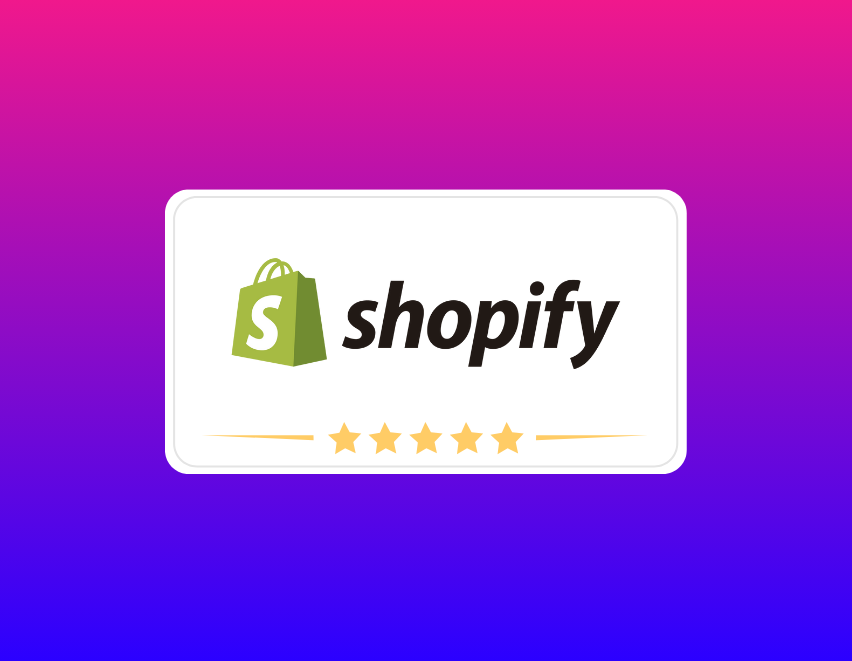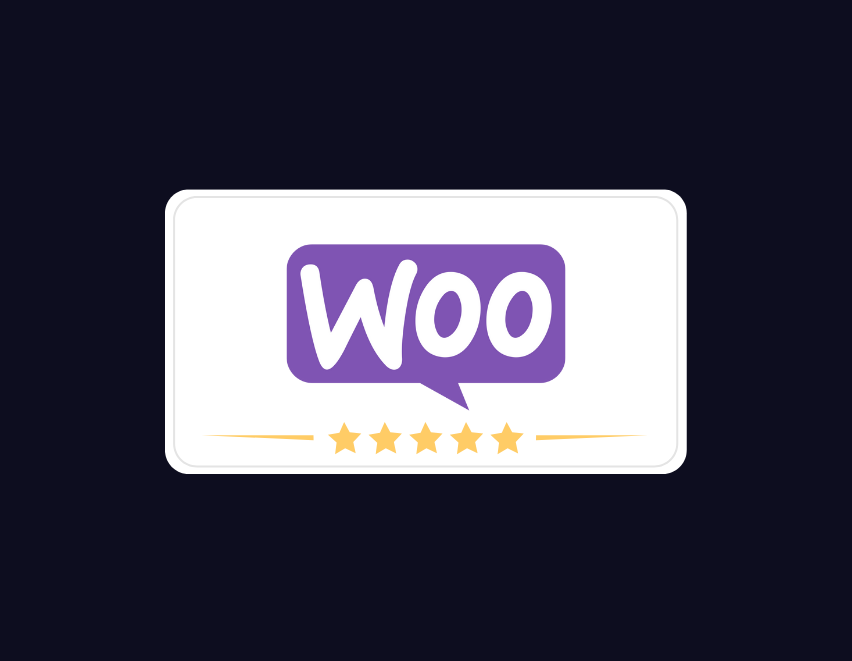Shopify is an eCommerce platform that caters equally well to both beginners and experienced website builders, bringing together all the tools a business owner needs to create an online shop. It has an easy-to-use backend, a variety of payment processing solutions, and a wide assortment of themes you can use to customise your store. Shopify even comes with Liquid, its own templating language, ideal for those who love tinkering with code to ensure their store totally represents their brand and conveys their message.
Shopify is hosted on the company’s own servers, meaning you don’t need to install software or buy any separate hosting packages to use it. You just build your online store using your web browser, and there are even mobile apps to manage it on the go. You can also expand your store’s functionality by adding apps from the Shopify marketplace.
Shopify: key features
- CSS and HTML options for those confident in coding
- Online editor enabling you to customise your store with ease
- Built-in email solutions for reaching out to customers direct
- App for Android and iOS for managing your store wherever you are
- Vouchers and discount codes to maximise your odds of making a sale
- Abandoned cart recovery to boost your chances of converting customers
- Range of mobile-responsive themes, including both free and paid options
- SEO capabilities including control over your redirects, metadata and sitemap URLs
- Git integration for more advanced developers to manage workflow and version control
- One-click theme duplication, allowing you to update and preview pages before they go live
- Blog where you can develop your inbound marketing strategy and showcase your thought leadership
- Social media integration to seamlessly meld your public-facing platforms with your online store
- Reporting and analytics covering sales, customer behaviours, search data, marketing insights and abandoned cart stats
- Global selling options, including both direct and wholesale transactions and the ability to sell in person through point-of-sale integrations using a dedicated app
- Shipping functionality, enabling you to offer overnight delivery, package pickups, shipping insurance, shipment tracking, international shipping and discounts on shipping costs
- Marketing tools enabling you to nurture customers over time, including audience insights, customer segmentation and chat functionality, through which customers can contact you direct with their queries
- Secure checkout where you can accept orders and take payments where you sell online—in fact, Spotify is the market leader in this area to the point that WordPress plugin developers are now replicating it for WooCommerce
- Shopify Payments, which accepts a range of credit cards, has its own fraud protection capabilities, and can be connected to the payment processing on your other channels both online and off- if you wish to expand your store’s potential
Shopify: pros and cons
Pros
- Dozens of apps
- Point-of-sale tools
- Easy management
- Product categories
- Tax calculation tools
- Multi-currency selling
- Multi-language hosting
- Shopify Shipping service
- Plans for every kind of store
- Email marketing capabilities
- Variety of payment gateways
- Abandoned cart functionality
- Accessible layout for beginners
- Seamless drag-and-drop builder
- Responsive and flexible templates
- Shopify-managed hosting and security
Cons
- Relatively high transaction fees on cheaper plans
- Rudimentary reporting and analytics on cheaper plans
- Only a handful of free themes compared to other builders
- Some store functionalities only improved by installing apps
- Custom changes require some knowledge of its templating language Liquid
Shopify: user experience
Ease of use
Shopify is clean, sleek and intuitive, built specifically for beginners but just as useful to experienced website builders confident in producing a modern and dynamic online store from scratch. It’s also easy to merge your store with your omnichannel sales environment through accelerated payments, buy buttons for social media and Facebook and Instagram integrations. Linking out to other places like eBay, Etsy, Pinterest and Amazon does require third-party apps, but it’s still relatively straightforward.
Online store design
The Shopify interface has become increasingly user-friendly in recent years, and now its Online Store 2.0 solution gives you access to a convenient drag-and-drop builder whereby you can add and move blocks and sections around in seconds. If you’re looking for a more advanced design solution, it’s worth reaching out to an experienced developer or established agency, as the page builders provided by some of Shopify’s competitors like Wix and Squarespace are poor for eCommerce. That being said, the fact your online store can be created entirely without code makes Shopify an obvious choice for beginners who just want to get their shop up and running.
Product management
You can sell both physical and digital goods with Shopify, adding products one at a time or using a CSV file to upload data in bulk. Add photos and videos to your product pages, alt text for your images to enhance your SEO ranking, and even 3D models depending on your theme. Shopify doesn’t crop images on your behalf, so be sure to either upload your media in the right size or use the built-in photo editor to adjust them before publishing.
Inventory management
Shopify supports multichannel selling across every plan, and it’s easy to manage stock and orders no matter which channel you’re using. Track and transfer inventory across locations, and sync everything within your store. Just be aware that you may be limited in the scope of your inventory management unless you integrate additional apps. For example, you won’t be able to manage dropshipping orders unless you install an app.
Help and support
Shopify has a comprehensive approach to customer support. The Shopify Support team are available 24/7 via phone, email and live chat, and there’s an abundance of FAQs and resource articles in over 20 languages to explore, although they don’t include many visual insights into how to use your admin interface. That being said, you can sign up for Shopify courses to access a more thorough education in using the platform.
For supported themes, Shopify Support can actually make code updates and customisations—for free! What’s more, most popular apps have automatic installation and free installation support courtesy of the app developers, so you don’t need to worry about development costs when scaling your business. And finally, don’t underestimate the power of the community forums—they’re inhabited by experts ready and willing to help out anyone who’s run into a problem with their online store. You can even hire a certified Shopify Expert through the website!
No matter your industry or expertise, Shopify’s got you covered
Shopify is endlessly flexible and adaptable, empowering business owners around the world to sell both physical and digital goods and grow their companies, often with unprecedented ease. Of course that’s not to say Shopify doesn’t have a few downsides—unlocking some of its functionalities can be expensive, especially when you account for the additional transaction fees on some of its plans—but it’s intuitive, comprehensive, and rich in features. And what kind of price can you put on that accessibility and peace of mind?

